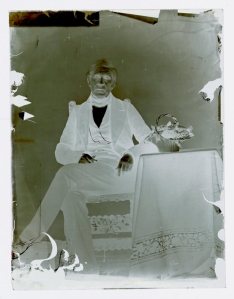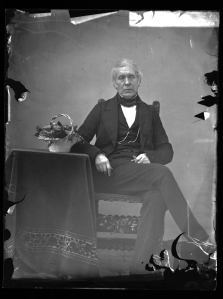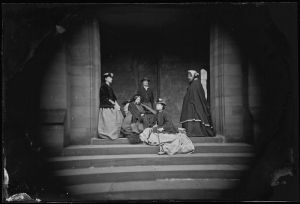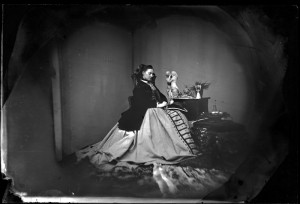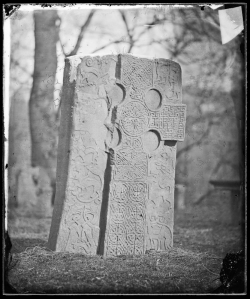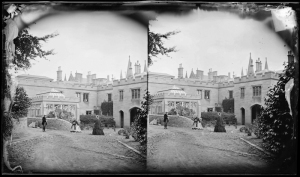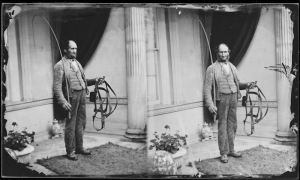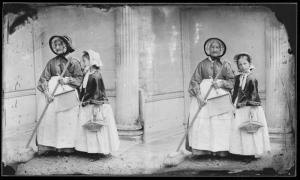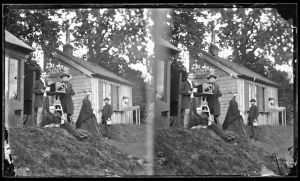A collection of early Scottish glass plate negatives acquired by the University of St Andrews Library Special Collections in 2014 with an NFA grant of £10,000.
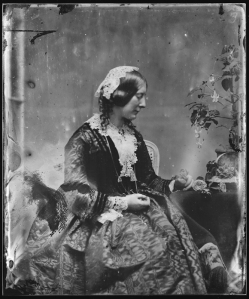
The University of St Andrews Library Special Collections, housing Scotland’s largest photographic collection, recently purchased a fascinating collection of early Scottish glass plate negatives.
St Andrews and its surroundings was the birthplace of Scottish photography. As a result of the friendship between the British inventor of photography William Henry Fox Talbot, and Sir David Brewster, the Principal of the United Colleges of St Andrews, the first Scottish calotype is thought to have been realised in St Andrews in the 1840s.
This condensed account, like most histories, actually has more layers to it, and involves other figures from Scotland’s past. Brewster was a guest of Lord and Lady Kinnaird at Rossie Priory in nearby Perthshire, when Talbot first wrote to him about his revolutionary process to capture images by the action of light. Lord Kinnaird, becoming perhaps the first Scottish patron of photography, promptly instructed Brewster to build the necessary apparatus for them to engage with the nascent process. Soon thereafter, Dr John Adamson, arguably the first Scot to master the calotype, would pass his knowledge down to his younger brother Robert, who, on the recommendation of Brewster, famously paired up with the painter David Octavius Hill in Edinburgh to become the most celebrated portrait photographers of the era.
The acquisition which the NFA helped to fund consists of approximately 250 early wet collodion negatives and 90 stereo views from c1851 to 1870. Glass plates marked the improved second generation of photographic negatives, which favoured the use of glass as opposed to paper as the support medium. Being infinitely more transparent than paper, this negative process, paired with the albumen print, marked the birth of modern photography; crisp, sharp, detailed, and scientific; leading the way to the commercialisation and mass industrialisation of photography from the 1860s onward.
Repatriated from Yonkers, New York, the negatives represent the all too common story of heritage items being displaced as a result of estate sales by prominent families. The images represent a wonderful array of early photographic practitioners posing at Rossie Priory with their apparatus, portraits of gentlemen and ladies in period attire, key figures from Scotland’s early photographic circle, and the darkrooms built at Rossie Priory with the assistance of Thomas Rodger in c1850. Identified names on the negatives include: Sir David Brewster, Lord de Manley, Mr W Ponsonby, Lady Kinnaird, Mr Cook, Mr McNamara (or MacNamara), Mr Chapman, and Mr John Grant of Kilgraston. It is possible that the unidentified portraits represent some of Scotland’s earliest photographic practitioners, or members of the Photographic Society of Scotland; in time, with research, we hope all will be revealed!
There’s much work to be done to decipher the narrative of photographic history contained within this new resource. Our most immediate priority is to stabilise and rehouse the fragile negatives. Following this, they will be digitised to preservation standard and catalogued online to be enjoyed by all.
For more information please feel free to contact us at Photographic.Collection@st-andrews.ac.uk
Marc Boulay
Photographic Archivist
Special Collections Division
University of St Andrews Library

